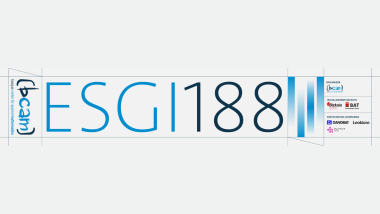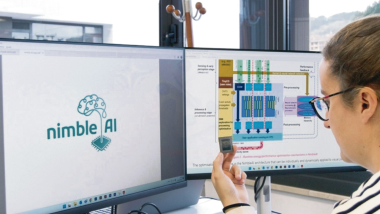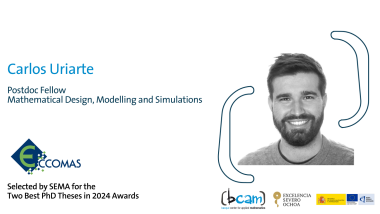SCIMAGO includes BCAM in the ranking that measures the scientific productivity of institutions
- The center has been included in the list of institutions evaluated in 2013-2017 because it has produced more than 100 papers per year over the last two years
The Basque Center for Applied Mathematics - BCAM appears for the first time in the Scimago Institutions Ranking (SIR), a classification of research centers and higher education institutions focused on research, using the scientific database Scopus as its source. The ranking is based on a combination of 17 indicators, grouped into three main areas, which evaluate the quality and volume of scientific research (50%), the innovation (30%) and the social impact (20%) of each organization.
The evaluation of research considers, among others, aspects such as the standardised impact, the number and quality of publications indexed in journals of the first quartile or first decile in Scopus, the international collaboration of the institution or the percentage of publications with free access. On the other hand, in the area of innovation, aspects such as the number of patents and their impact are measured. Finally, the social impact assessment takes into account mentions of scientific publications on social networks like Twitter and Facebook, as well as the number of links pointing to the institution's website and the number of pages indexed on Google.
The results obtained by BCAM in the ranking are especially positive in the first of the areas evaluated, which refers to research. In this respect, the center ranks 136th out of 1,391 in the world ranking of research institutions, which does not include universities, health organisations or private companies. At the national level BCAM ranks 38th out of 93, being the first institution in the field of mathematics. Lastly, among the Basque institutions, BCAM is ranked as the second entity behind Ikerbasque.
The inclusion of BCAM in this ranking represents, on the one hand, a great achievement for the center, both due to the good results obtained in the different indicators and due to the fulfillment of the requirements for entering the classification -only those institutions that have more than 100 research works published per year are considered in this ranking- and, on the other hand, a great responsibility in maintaining the level of performance in terms of productivity and scientific quality in the coming years.
Related news
About the center
About the center




